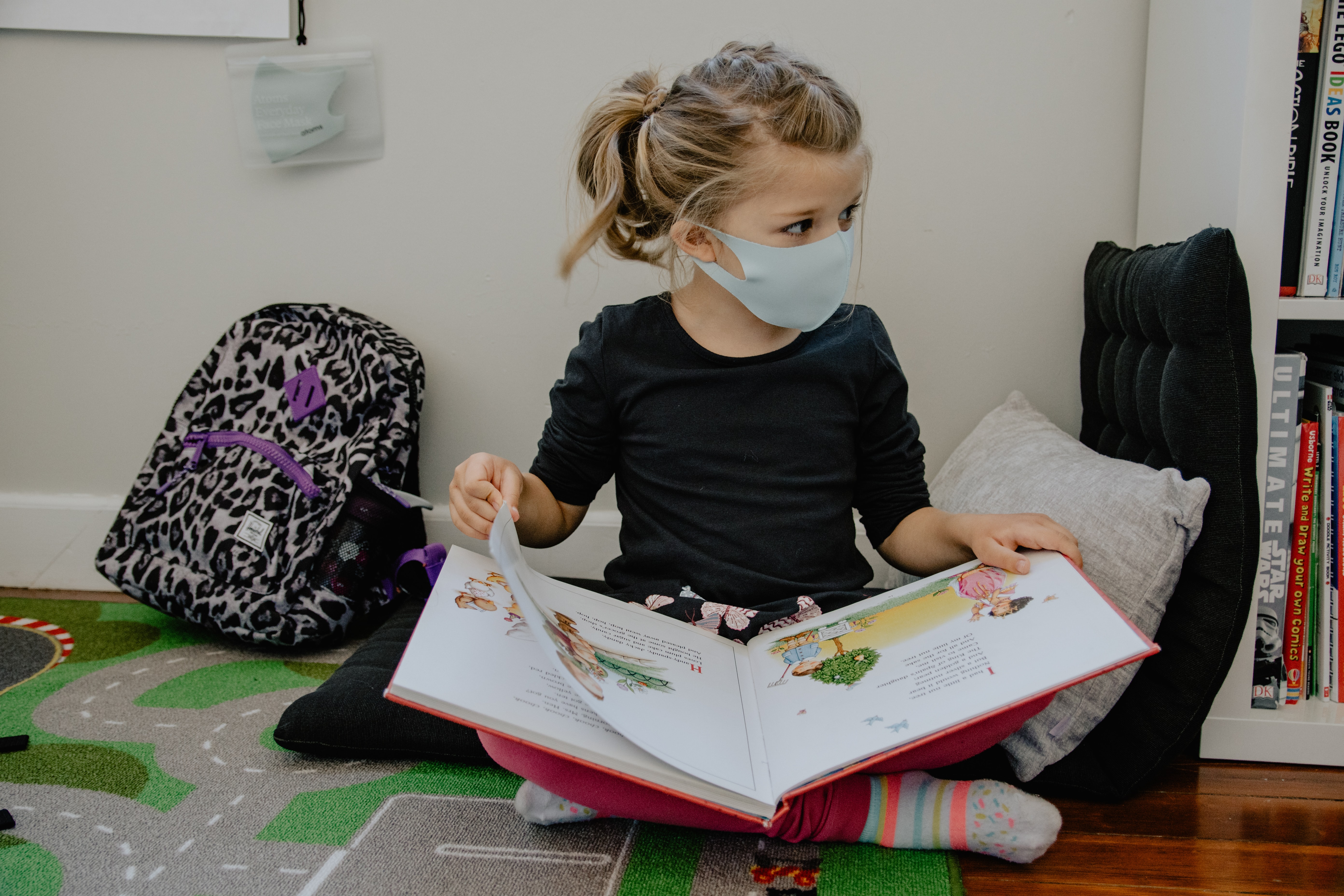Osterholm: B117 COVID Variant “A Game Changer” for Schools
As the B117 COVID variant spreads schools are likely at greater risk

B117, the coronavirus variant first detected in the United Kingdom, is spreading more easily among children and there is mounting evidence they are getting sicker from it, says Dr. Michael T. Osterholm, PhD, MPH, and director of CIDRAP at the University of Minnesota.
“I have been a very strong supporter of opening schools K through eighth grade because we just had not seen the more widespread transmission there,” says Osterholm, who was a member of the coronavirus advisory board that then President-elect Joe Biden formed prior to taking office.
But previous data on limited school transmission doesn’t apply to B117. “We’re going to have to pull back. We want our kids in school--I’m right up there, ok--but this is a game changer, just simply a game changer,” Osterholm says.
B117’s transmissibility in children was cited as the cause of rising infections in Europe this winter and earlier this spring when Italy, Germany, Denmark, and the Neverlands all saw B117 outbreaks in schools.

“The Europeans have clearly demonstrated this unique transmission,” Osterholm says. “It’s not that kids are more infectious or more likely to get infected, but they finally do now get infected and they transmit the virus.”
Evidence of B117’s increased contagiousness among kids is also accumulating in the U.S.
“Based on our most recent estimates from CDC surveillance, the B117 variant is now the most common lineage circulating in the United States,” said CDC director Dr. Rochelle Walensky during a White House briefing on April 7. “Across the country, we are hearing reports of clusters of cases associated with daycare centers and youth sports.”
Tools and ideas to transform education. Sign up below.
The current surge of cases in Michigan is being driven in part by cases among children. The largest number of new cases were in those aged 10-19, a first during the pandemic, and cases among those 9 and under within the state have increased by more than 230 percent since Feb. 19. At Yale New Haven Hospital in Connecticut, there were recently six children hospitalized with COVID, a spike in hospitalizations that Dr. Tom Murray of Yale New Haven Children’s Hospital told NBC Connecticut was likely caused by the increased infectiousness of B117 among children.
What Educators Can Do
The CDC recently updated its guidelines for schools to allow for 3-foot spacing between desks instead of 6 feet. Osterholm says that because the virus can spread via aerosol, “Three or six feet doesn't really make any difference, and it's really all about the ventilation.”
But he says moving students closer together increases the number in a classroom, which increases the risk of infection overall while complicating ventilation.
“At this point, it's gonna be very hard to open schools, and not expect to see substantial transmission and the quarantines that occur because of that,” Osterholm says.
His advice for educators hoping to stay safe within the classroom is simple: get vaccinated, as the vaccines are still effective against this variant. “I can't tell enough people to get vaccinated fast enough,” he says.
So far, many educators are heeding that advice. According to CDC estimates and survey data released on April 6, nearly 80 percent of PreK-12 teachers, school staff, and childcare workers received at least their first shot of COVID-19 vaccine by the end of March.
In general, despite ramped up distribution of vaccines, Osterholm worries we won’t have a great enough percentage of vaccinated people to avoid hardships from B117 and other potential variants. However, he says that if variants that evade vaccine and natural immunity don’t spread and enough people are vaccinated, next year’s school year may be far closer to normal. “We could really have a very different kind of fall than we experienced last fall,” he says.
Erik Ofgang is a Tech & Learning contributor. A journalist, author and educator, his work has appeared in The New York Times, the Washington Post, the Smithsonian, The Atlantic, and Associated Press. He currently teaches at Western Connecticut State University’s MFA program. While a staff writer at Connecticut Magazine he won a Society of Professional Journalism Award for his education reporting. He is interested in how humans learn and how technology can make that more effective.

